Plants that clean the air offer air purifying benefits to remove toxins from your home. But how do houseplants remove pollutants?
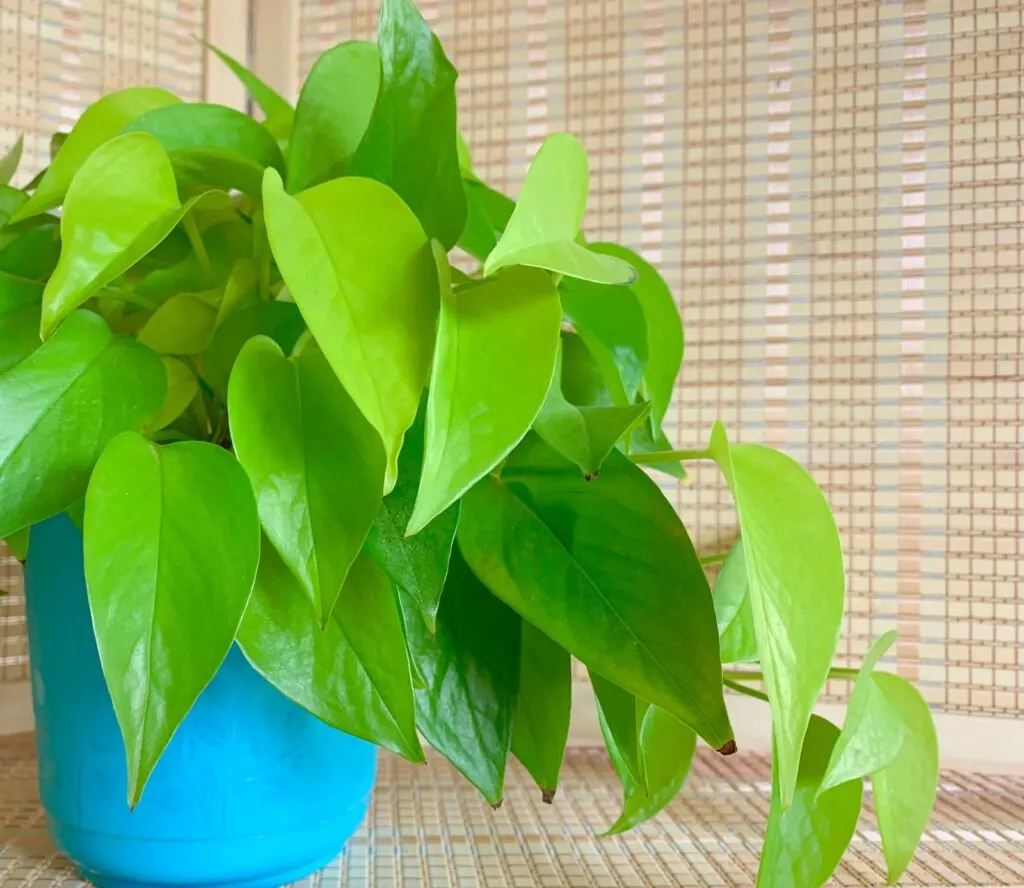
Can indoor plants clean the air?
Trust me, it’s a common question. People look at simple houseplants and wonder how they can do anything special. Especially something as powerful as consuming toxins that can cause serious health problems in humans.
But sometimes the smallest among us can do great and mighty things!
If you’re still not sure about the efficacy of air filtering houseplants, don’t worry. The findings are backed by extensive research.
NASA Air Cleaning Plants Research
While houseplants have always been brought into homes for décor, it wasn’t until the mid-twentieth century that science started proving that plants clean indoor air.

It all started when NASA wanted to send astronauts to space for longer missions.
Obviously, everything is very sterile and man-made is space. The challenge is that the building materials for a space station would be off gassing chemicals. And yet the human astronauts would still need to breathe in fresh air that wouldn’t make them sick with symptoms from Sick Building Syndrome.
Opening a window or running an air filtration system that brought in fresh air from the outside was not a solution.
So what could NASA do?
A few years earlier, Dr. B.C. Wolverton, an environmental scientist, had discovered that swamp plants were actually removing Agent Orange from waters in Florida that had come from a nearby military biological warfare center.
Wolverton had continued his research to discover how plants can remove toxins from water. And now NASA used his knowledge to determine if plants can clean the air and remove chemicals that are toxins.
The process of plants removing toxins (or at least reducing them) from water, soil and air is called phytoremediation. While scientists knew that certain crops, such as sunflowers and Poplar trees can improve outdoor soil by mitigating pollutants, the concept of houseplants doing phytoremediation indoors was still quite new.
Do Indoor Plants Clean the Air?
In 1980, NASA’s John C. Stennis Space Center found that houseplants could remove formaldehyde from the air inside sealed chambers.
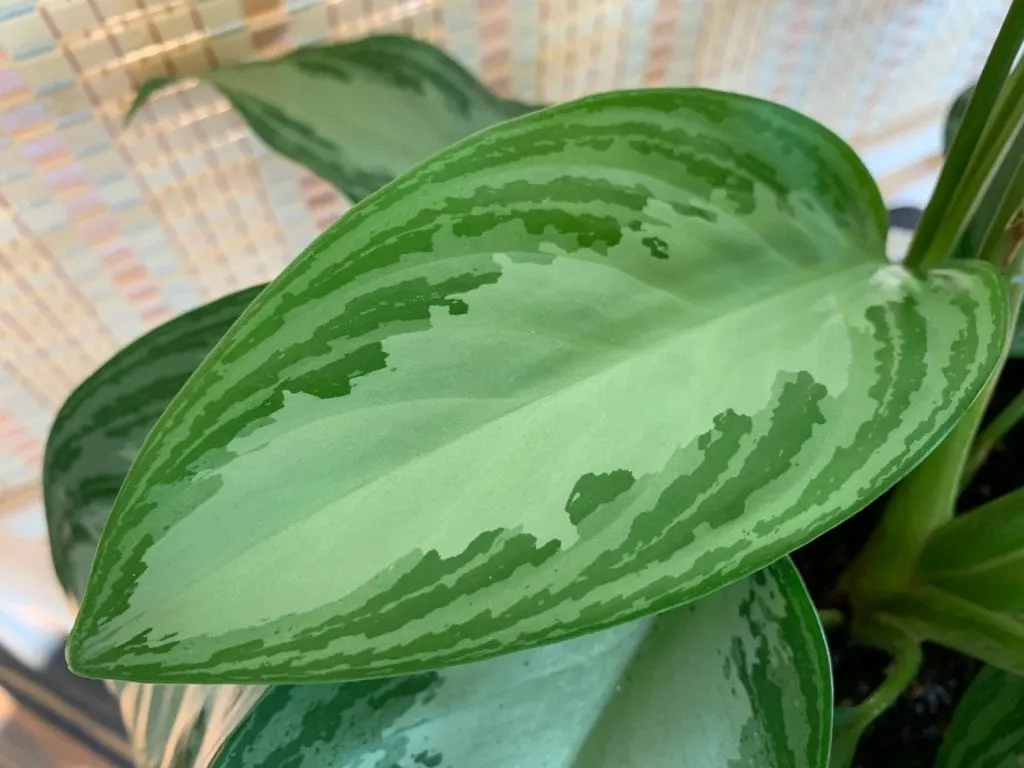
A few years later, a joint study with NASA showed that 12 common houseplants could indeed remove toxins such as benzene, trichloroethylene and formaldehyde from indoor air. These chemicals are known as VOCs, Volatile Organic Compounds, that are common in indoor air due to off gassing.
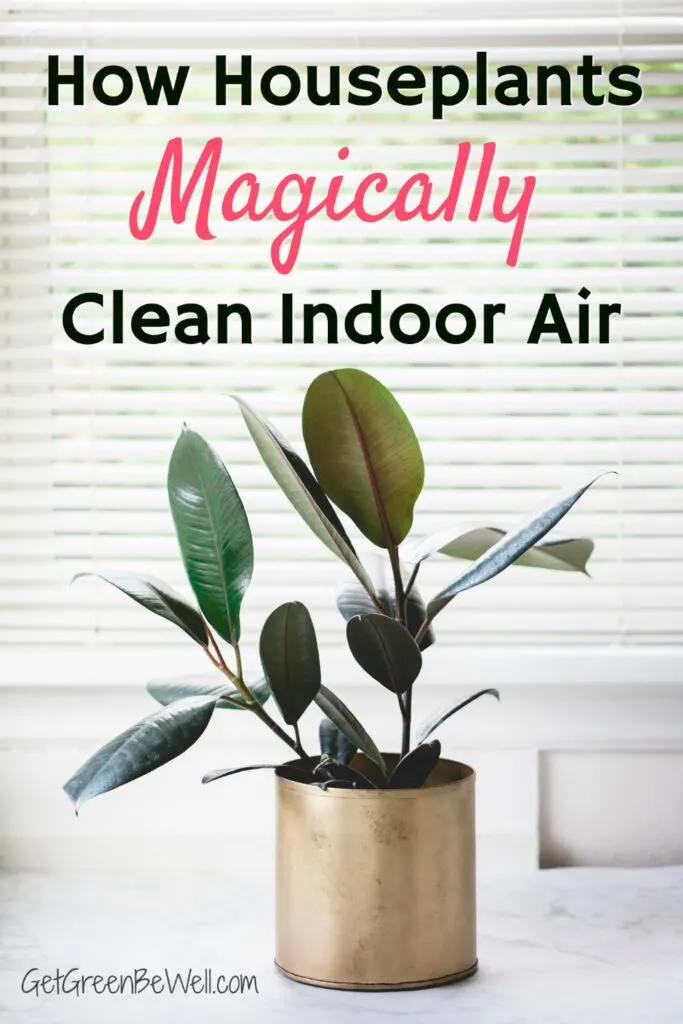
Soon, NASA developed a “BioHome” to test its theory. The man-made structure was tightly sealed up and definitely showed off gassing chemicals to be a major problem, both on scientific tests and in health symptoms (burning eyes, respiratory difficulty) from people that went inside.
Indoor plants were then added to the BioHome.

Scientific tests showed the VOC levels dramatically decreased with the addition of houseplants. Plus, humans that went inside the BioHome didn’t have the same negative health symptoms from toxins in the air.
Dr. B.C. Wolverton would go on to continue researching how plants can clean the air indoors. He wrote the groundbreaking book, How to Grow Fresh Air.
Best Indoor Plants that Clean the Air
Among the 10 best indoor plants that clean the air, according to Dr. Wolverton’s NASA research, are:
- Boston Fern
- Florist’s Mum
- Gerbera daisy
- Dwarf date palm
- Janet Craig
- Bamboo Palm
- Kimberley queen fern
- Rubber plant
- English ivy
- Weeping fig
These 10 indoor plants are the best at removing formaldehyde. While there are a variety of other toxins that can be in a home’s indoor air (and other plants could remove those toxins better than formaldehyde), the removal of formaldehyde is a good indication of a plant’s ability to remove VOCs to improve indoor air quality.
Some plants are better at producing oxygen at night and removing other toxins, so see our list of the best bedroom plants for better sleep.
How Do Indoor Plants Remove Toxins?
The exact process of how a plant can remove toxins in the air and not be killed itself can be confusing. And miraculous!
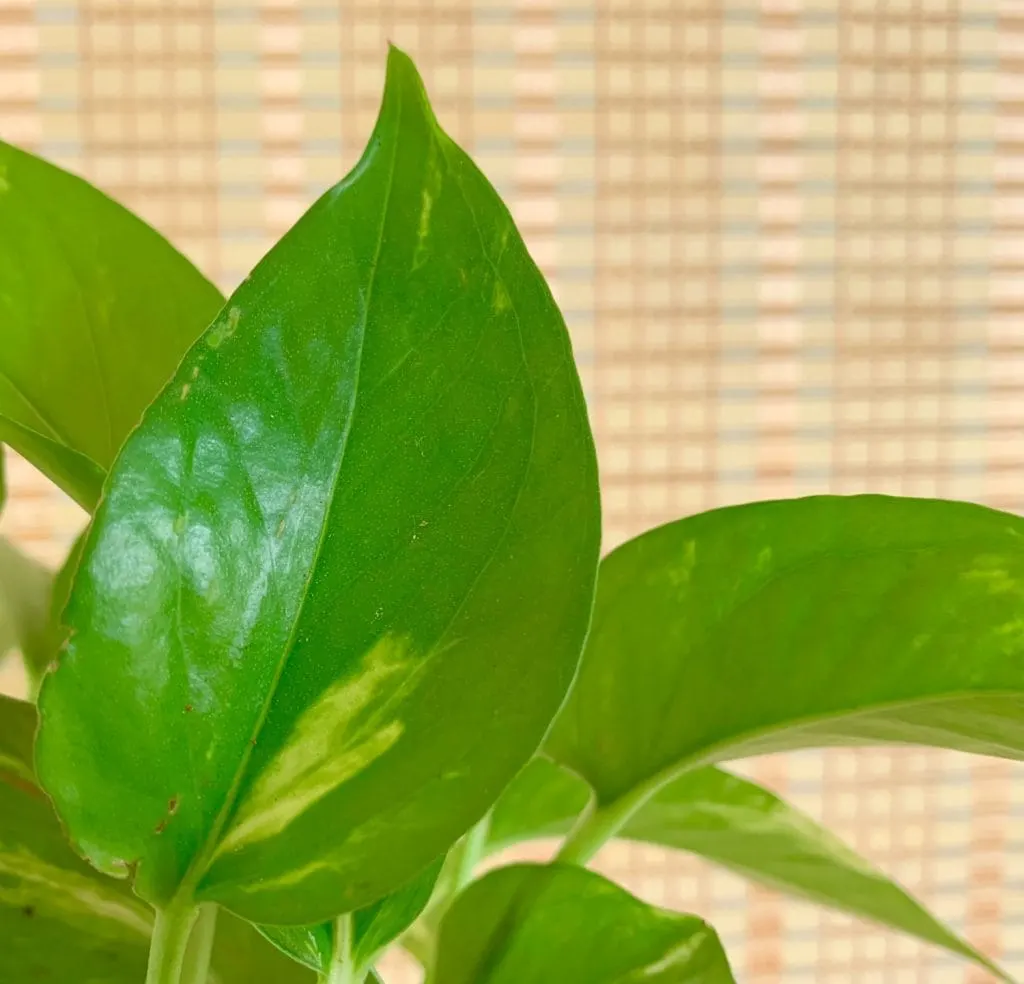
I won’t begin to describe every biological process that happens in air cleaning plants. But here’s a general idea of how plants clean the air:
- Plants that clean the air absorb toxins (including VOCs) and bioeffulents (which are things that humans exhale, such as carbon dioxide and viruses) in the air through tiny pores on their leaves.
- Photosynthesis is the process by which plants absorb gases through their leaves. You’ve probably heard of the term photosynthesis before, with plants removing carbon dioxide from the air. It is the same process for removing toxins.
- The leaves can actually “eat” the VOCs or move them down to their roots.
- In a plant’s roots, microorganisms that live in the soil and on the roots will break down the VOCs. The microbes can neutralize the toxins and then use them as food for the plant.
- Plants can also give off humidity through transpiration. As water vapor moves up the plant from the roots and escapes into your indoor air, other air is forced down into the soil. Pollutants in that air are brought into the root system, which then breaks down the pollutants.
- Plants give off phytochemicals (chemicals produced by a plant that help to protect it or allow it to thrive) that reduce molds and bacteria in the air. Some research suggests that up to 60% of molds and bacteria are suppressed when houseplants are present.
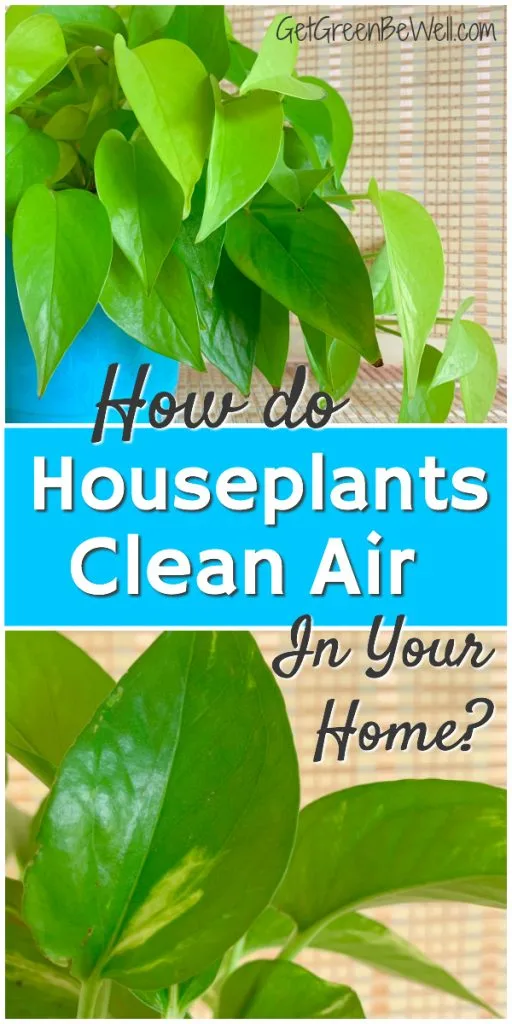
Keep in mind, all of these processes are things that are invisible to the naked eye. You’ll never see these things happening.
And yet indoor plants that clean the air and remove toxins do it all day and all night long.
Here’s a beautiful way to display a houseplant in your home – a hygee decorated tray. It’s a gorgeous addition to your living room or bedroom.
Ready to buy some houseplants today? I love this easy-to-grow four pack of houseplants that clean air. A year and a half after I bought them online, they are still thriving and getting bigger!
If you buy new potting soil and suddenly have tiny gnats in your plants, don’t worry. Those are fungus gnats and here’s how to get rid of fungus gnats without using pesticides.
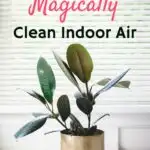

styleinmood
Monday 21st of September 2020
Nice article! I want to add one more plant in the list. Spider plant removes the toxins like household cleaners, carbon mono oxide, and many more that are harmful to the skin and also cause health. This plant cleans the air.
J
Wednesday 22nd of January 2020
Learned alot interesting
Bob Maxwell
Tuesday 5th of May 2020
lets fill a hospital room with plants and compare how the patient does compared to a not plant patient.